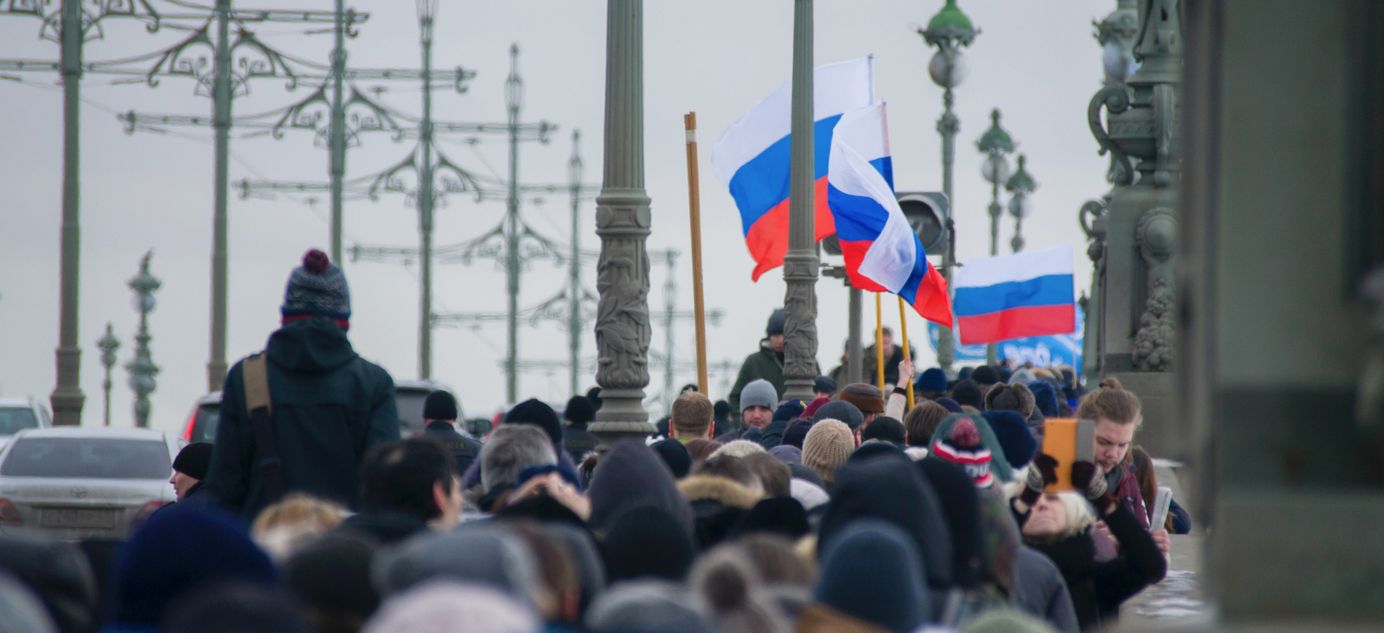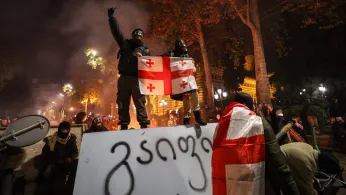
Four worrying signs for the Russian economy
The Russian economy is approaching the end of 2022 in a far better state than many had anticipated in the spring following the invasion of Ukraine and ensuing Western sanctions. The fall in GDP has only amounted to about 3% or even less, and the U.S. dollar is still trading at less than 65 rubles. Even the Western ban on high-tech imports, although challenging, has proved manageable. But none of this means that Russia’s economy is out of the woods: many risks still remain. We asked economists from Russia’s leading investment banks to highlight the new warning signs that have emerged in recent months.
- Oil and gas revenues started to fall sharply due to an embargo on oil sales to Europe and a price cap imposed by the G7. In November, oil and gas revenues contributed 866 billion rubles ($13 billion) to the state budget — down 2.1% year-on-year. This is not a critical fall in revenues. However, in reality, almost half of that sum ($6.4 billion) came from a one-off payment of Gazprom’s mineral extraction taxes. Without that money, oil and gas income was down 48.9% compared with 2021.
There are two possible reasons for this. First is the near-total cessation of pipeline gas exports to Gazprom’s lucrative European market following the closure and subsequent explosions on the Nord Stream gas pipeline. Second is the fall in prices for Russian oil, which led to November’s oil revenues being down 25.4% year-on-year.
- Russia’s Finance Ministry is printing money to cover this deficit. Part of the hole can be filled using the National Welfare Fund, but this alone will not be enough. Relying solely on the NWF would mean the liquid part of that fund would run out by 2025 according to the projected budget deficit, Central Bank analysts reported.
This fall, the Finance Ministry turned to large-scale borrowing in the federal loan bond market to cover the rest of the deficit. These internal loans raised 1.44 trillion rubles ($22 billion) for the ministry. Of this sum, 77% derives from bonds floating rates, which will ultimately be tied to Central Bank rates. The main buyers of these bonds were leading banks, which previously borrowed 1.39 trillion rubles ($21 billion) through REPO transactions. Therefore, we are effectively looking at hidden money emission, a fact which is increasingly noted by analysts.
This has obvious consequences: it will likely increase inflationary pressure, forcing the Central Bank to raise interest rates and sacrifice economic growth. However, not every economist regards this scheme as inflationary. Economist Viktor Tunev believes that, from the point of view of modern monetary theory, this borrowing algorithm will have no significant economic consequences. He calls these loans “Russian QE”: the Central Bank creates liquidity in the form of federal loan bonds, simultaneously improving standards in assets and enhancing money supplies to the banks’ liability without involving capital.
- As the year draws to a close, unemployment levels in Russia remains close to historic lows even as foreign companies have left the market and factories have closed. The latest official figures show that 3.9% of the workforce was unemployed in October (the all-time low of 3.8% unemployment was set in August).
There are several possible explanations for this paradox. First, Russia’s labor market always responds to a crisis by cutting salaries first, not jobs. Second, the low level of benefit payments in Russia means that people who do lose their jobs are likely to grab any job they can as soon as possible.
On top of this, Russia launched its military mobilization amid this “compressed” labor market, said Rostislav Kapelyushnikov, deputy director of the Center for Labor Market Studies at Moscow’s Higher School of Economics. The loss of approximately 1-1.5 million people from the labor market due to war-related mobilization and emigration will exacerbate the situation with a growing pool of unfilled vacancies.
This serves as a wake-up call that Russia’s labor resources are limited, says Alexander Isakov, an economist specializing in Russia and Central & Eastern Europe at Bloomberg Economics. Because there are no spare resources in the economy, mobilization requires those working in “productive” industries (such as processing, construction and transport) to be diverted into the state sector. All of this impedes potential economic growth: increased defense and public sector spending have structural side effects that will limit potential annual growth to about 0.5% over the coming five years, Isakov says.
- Russia’s real estate market is currently experiencing a bubble due to cheap mortgages. The current program of discounted mortgages at a rate of 7% was due to end in Russia at the end of this year. Both the Central Bank and the Accounts Chamber have repeatedly called for the scheme to be canceled. However, President Vladimir Putin recently announced that the program would continue, albeit at a slightly higher rate of 8%. These discounted mortgages are causing Russia’s real estate market to overheat. The primary and secondary housing markets are unbalanced (the price difference between a new apartment and a “maintained” apartment is now 40%).
Subsidies have made housing more affordable for more citizens, who have decided to take out mortgages now rather than wait. Demand has risen sharply — faster than supply can adapt — and prices are soaring. In Moscow, it is now impossible to buy a comfort-class apartment in a new building without taking out a mortgage. However, this bubble is unlikely to burst, according to independent financial analyst Sergei Skatov: developers have already sold more than 51% of the housing due to come onto the market by the end of 2023. They need to sell a further 10-20%, which is entirely achievable even if demand falls to summer levels. Defaults on mortgage portfolios could also burst the bubble, but with a failure rate of just 0.4% (and 0.15% in the primary market), this is also unlikely, Skatov said.
Why the world should care:
None of the examples of imbalances listed here are capable of killing the Russian economy by themselves. However, each one is a serious problem that Russia’s leadership is accustomed to solving with budget money, such as subsidized mortgages. However, budget revenues are declining while expenditures are increasing: in the third quarter alone, spending increased by 16%.



